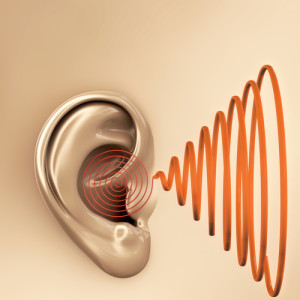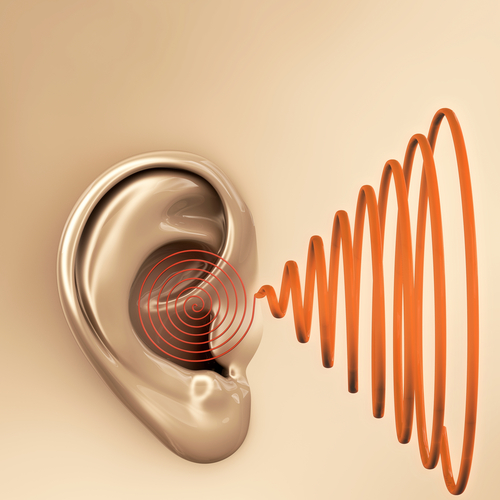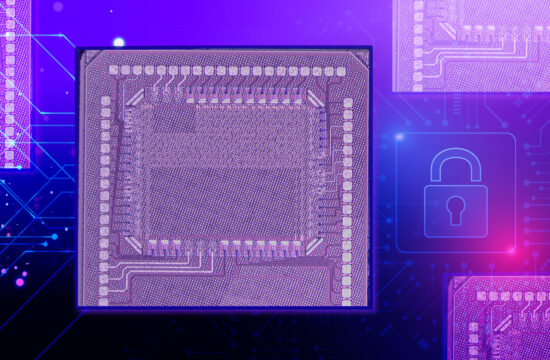 Decibel Therapeutics received $52 million in Series A financing from Third Rock Ventures and Glaxo, to develop and discover new medicines to protect, repair and restore hearing.
Decibel Therapeutics received $52 million in Series A financing from Third Rock Ventures and Glaxo, to develop and discover new medicines to protect, repair and restore hearing.
Bioscience Technology chatted with scientific co-founder M. Charles Liberman, Ph.D. of Harvard Medical School, and Director of the Eaton-Peabody Laboratories at the Mass Eye and Ear Infirmary, about exciting new developments that will help push hearing restoration therapies from the bench to the clinic.
Liberman, an auditory neuroscientist, has been studying hearing and deafness for almost 40 years. He’s interested in both how the hearing system normally works, and what goes wrong in various kinds of hearing loss, such as sensorineural – which is the most common form of adult hearing loss.
“What’s exciting is that in the past 5-10 years there has been a lot of progress in understanding, at the cell and molecular level, what’s going on in a variety of kinds of sensorineural hearing loss, and a lot of exciting ideas out there about the path ways involved and the ways we can treat it,” Liberman told Bioscience Technology.
[pullquote]Liberman’s lab has published proof-of-concept experiments that show, for the first time, that some of the skeletal structures of the inner ear, the hair cells, and the nerve fibers can actually be regenerated in adult mammals.[/pullquote]
Hearing loss affects an estimated 50 million people in the U.S., and 360 million people worldwide. It is the third most common chronic condition in older adults, following only arthritis and heart disease – yet there are no medications currently on the market to restore or prevent hearing loss.
It’s not due to lack of attention from scientists like Liberman. “Well, there certainly has been a lot of attention paid to [hearing loss], but it’s been a difficult nut to crack,” Liberman said.
Part of this is due to the location of where sensorineural hearing loss occurs, in the inner ear. The inner ear, where sound-induced vibrations get turned into electrical activity that goes through nerve fibers to the brain, is embedded in the temporal bone, which is the hardest bone in the body, so you can’t biopsy it, Liberman explained.
Liberman’s lab has published proof-of-concept experiments that show, for the first time, that some of the skeletal structures of the inner ear, the hair cells, and the nerve fibers can actually be regenerated in adult mammals. “That’s a big breakthrough,” Liberman said.
For years scientists used to think that tiny hair cells in the inner ear were the first thing to degenerate when hearing loss occurred, but in the last five years, Liberman said he has shown (and others have repeated the observation) that, “actually the most vulnerable element to disappear, even before the hair cells do are these tiny little connections – the synaptic connections between the hair cells and the nerve fibers that takes the information to the brain.” He noted that both the synaptic connections and the hairs are still important targets for drug therapies, and both have been regenerated, along with some functional recovery, in mouse-model proof-of-concept experiments.
While the inner ear is surgically inaccessible, it is accessible for local delivery by drugs, which is exciting. Clinicians already have standard procedures whereby drugs are essentially squirted into the eardrum, which is common delivery of steroids into the inner ear to treat a condition called sudden sensorineural hearing loss. So local delivery is already a reality, by what are called transtympanic injections, because they go through the panic membrane (also known as the eardrum).
In experiments at Liberman’s lab, and the lab of Albert Edge, scientific co-founder of Decibel Therapeutics, mice were over-exposed to noise —either at a moderate level, which only destroys the synaptic connections mentioned earlier, or at a higher level, which destroys hair cells — and given two different types of drugs that target two different types of pathways. The studies showed that if the drugs were applied within a day or two of noise damage, they can regenerate the hair cells and synaptic connections. This could have significant implications for work in humans. At the level of the inner ear, where all of this is taking place, mice and humans are “tremendously similar,” Liberman said, and “there’s every reason to believe that things that work in mouse should work in people.”
Liberman believes it is the loss of the synaptic connections that is the main culprit behind the classic complaint of age-related hearing loss – being able to hear sound but being unable to understand what a person is saying.
He said he “couldn’t be more thrilled” that after 40 years of basic research, it seems he’s on the threshold of taking these scientific advances to the clinic and helping people with hearing impairment.








